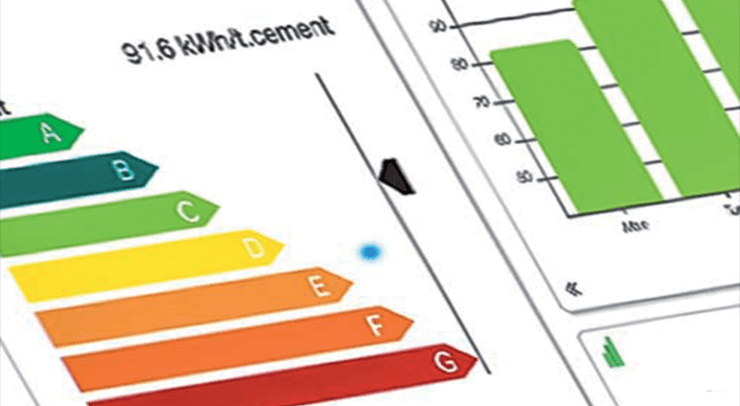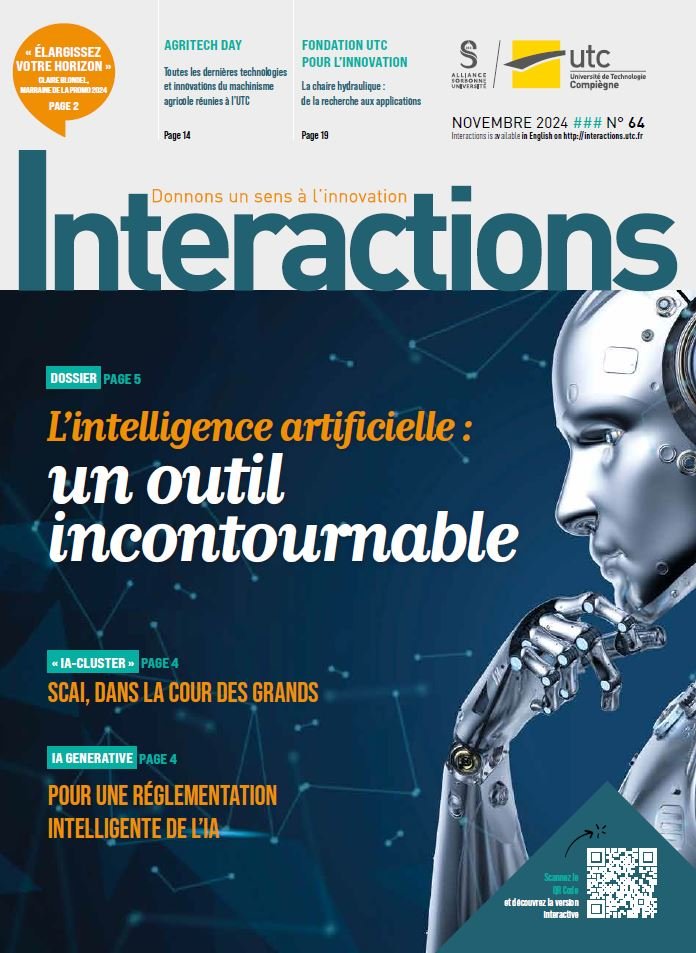Energy management: a promising sector in the future

Schneider Electric, a world leader in the field of energy management, offers numerous career opportunities for young qualified engineers. Philippe Vollet, who has been the Group’s Standardisation Director for almost 30 years now, talks about his personal track-record and describes the professional perspectives opening up for today’s and tomorrow’s engineers.
How and when did you join Schneider Electric?
“The electric power industrial sector is very present in the Grenobles area, notably with Merlin Gerin, acquired by the Schneider Electric Group in 1992. Joining Schneider Electric was fairly logical for me inasmuch as I had just completed my engineering studies, majoring in electrical engineering, at the Institut polytechnique de Grenoble (IPG). In 1989, I was first recruited as a reliability engineer in their Low Voltage Switchboards Department.
Apparently, you have held some very varied postings, haven’t you?
I didn’t want to do the same routine job all my career. I started with purely technical, engineering positions, followed by a Master’s degree in corporate management from IAE-Grenobles in 1998 which allowed me gradually to open up the scope of my activities learning new skills close to marketing functions. I then became head of Architectures, Innovation and Expertise for the Low and Medium Voltage Switchboards, Panelboards and Busways Department, where my job consisted in foreseeing and preparing for coming market trends and emerging technologies, with new architectures for our offers and associate business plans. In 2009, I took the responsibility of Strategic Marketing Director for the Final Distribution Department and, in parallel, I was a pioneer of our Electric Vehicle business. Finally I came to my present position as Group’s Standardisation Director, responsible for deploying ‘influence’ actions and standards for the Buildings Division – indeed I now find myself at the core of medium and long range policy framing for the Group as a whole. If you can prove curious and open minded, there are numerous possibilities open to you. We need highly skilled specialists in certain technical domains but also more ‘general purpose’ engineers with the capacity to adapt to changing, new situations. This is a feature I appreciate with UTC students; together with their willingness to get ‘dug in’ to work. If you want to enjoy a bright career, then you must also be mobile. For example, I only learned to work with the Chinese when I became an ‘expat’, in China. And my dozens of round trips to China only gave me a superficial understanding of that country.
How does one become a Standardization Director?
“The way I see things, when you wish to work in the field of international standards, you need to have experience. You represent your company, your industrial sector at the standards agencies, at professional trade organizations and government institutions (both national and regional as is the case for the European Commission. When you defend your company’s interests, you also need to have a solid technology-intensive base, to know your company’s products well and to possess an excellent knowledge of your strategies and market positions. Most of my colleagues are like myself – it takes about 15 years with the company to properly acquire these skills and the knowledge base. On top of this, if I can add that the pay-off for our actions only becomes visible some 5 to 10 years later, then you can readily understand that a certain degree of stability in needed in my position.”
What are the observable changes emerging today in the standards field?
“System gaps are decreasing, even if certain user particularities still remain. In the electric domain, it is the IEC standards that are largely implemented in Europe, North America and Asia (China, Japan and South Korea). The relevant standards here are drawn up by the best experts in the world. They contribute notably to defining safety levels, performance expectations and interoperability of electric and electronic technologies, and also they form the reference base for equipment testing and system certification. Over and above serving to protect consumers, these standards facilitate access to new markets for our enterprises.”
How did you personally contribute here?
“Well, I am a member of several IEC (International Electrotechnical Commissions) Technical Committees. In the IEC framework, I took part notably in the setting up of international standards related to electric vehicle recharge posts. (IEC TC69, IEC TC64, IEC SC23H, IEC SCX23E …). The aim here is to guarantee a maximum safety level for persons and goods and to ensure complete coherency between vehicles (whatever the brand), the recharge posts and the building electric installation – the other main aim is to seek total interoperability of the recharge stations, whatever the type of electric vehicle (plug outlets, with industrial plugs, socket-outlets and couplers). I was also active in establishing product related standards for active energy management i buildings (IEC SC23K, IEC TC64, CEN TC247,). This reference framework allows you to have access to efficient electric plant and energy management systems as well as being able to manage sources and electric recharge facilities.”




